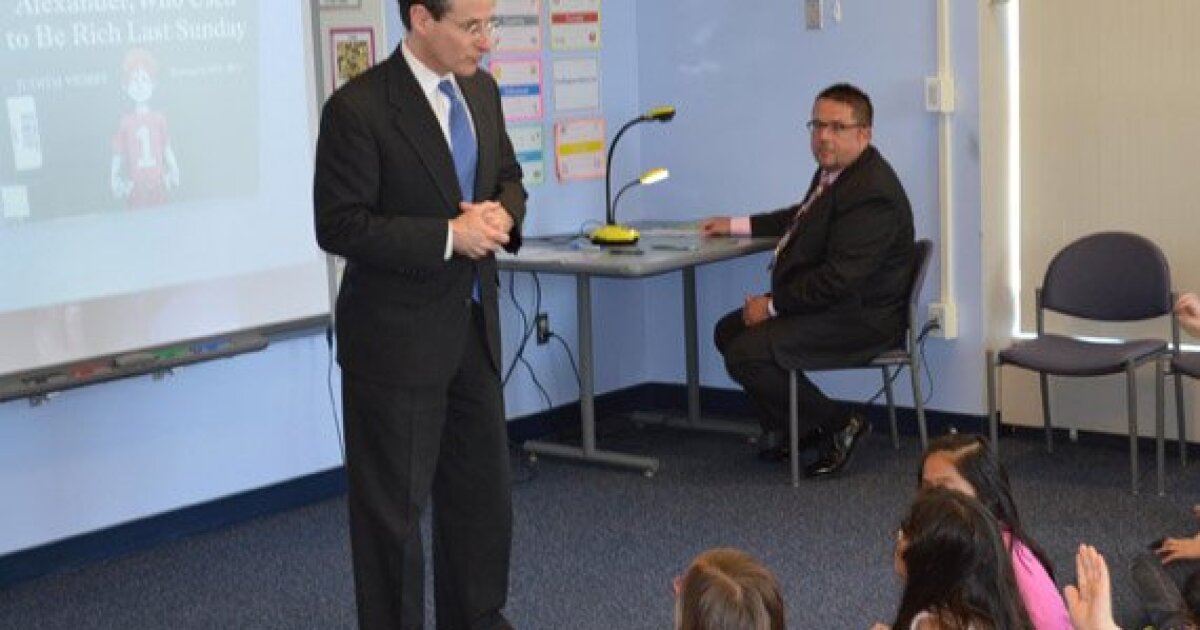The year-end CPE cram. It’s as cyclical as the busy season and as predictable as a client giving you the supporting documents you requested one day before the deadline while asking, “Do you think you can get this done in time?”
With all of these circumstances, we know the event is coming. We’ve been here before. We’re ready for it. Yet, like the Same-As-Last-Year accountants we are, we rarely change any behavior, simply chalking it up to “it is what it is.”
But what if it didn’t have to be that way?
If you haven’t picked up on the transformation that the accounting industry is undergoing, you probably haven’t been reading any articles here, or anywhere on the internet for that matter, which have been published regarding all of the shifts finally catching up to the profession.
Look, let’s call a spade a spade. We understand our personalities. We aren’t going to be the folks who dive head first into a pond with murky water. It’s this risk averse nature that makes us the ultimate professional skeptics, with maximum reliability to the public and stakeholders, focused on attention to detail, and ideal most trusted financial advisors.
However, it’s this same risk averse nature that stereotypes us as a boring, backward-looking, and late to the game profession. We were quick to tell clients that they should be moving to the cloud, but how long did it take most of our large firms to make that move?
This piece isn’t to bash our hesitancy to move forward with innovation; in fact, I would argue that our steady and cautious nature is a superpower of sorts, as we don’t just follow the untested trends that every other industry jumps on and hopes for the best. All that being said, it feels like we are making great positive strides to change in necessary ways that can catch us up to speed, so we aren’t lagging as far behind other professions in advancement.
We’ve got the 150-credit hours rule going through an evolution due to necessary adaptation, to make earning the CPA license more feasible and practical (let’s be real: work experience is where you learn the job, not in a classroom). Accounting software companies seem to be trending among the venture capitalists, as money pours into building technology solutions that address the various needs accounting departments face, and have faced for years without a non-burnout-inducing option. Even the business structure of public accounting firms is shifting, as private equity money floods these traditional partnerships. Even the CPA exam, with CPA Evolution, has transformed to address the vastly different economy and career routes that exist for accounting professionals.
So don’t you think it’s only natural that the continuing professional education, which is supposed to be how we develop our professionals, evolves and adapts too?
If you never try, you’ll never know
Yes, that’s lyrics from Coldplay’s “Fix You,” but it also leans into this proposition.
What if instead of being a tedious, burdensome, annual maintenance chore, continuing professional education was, like a college degree or technical credential, something that enabled you to advance in your career?
The thing is, it already can be. That just isn’t how we as a profession have been using it, and now we’re in this unique predicament: Is most CPE content not good because nobody cares enough to make investing in it worthwhile, or does nobody care about CPE because nobody has invested in making the content good enough to consume?
Don’t get me wrong — there is a lot of CPE content out in the market that provides immense value, whether it’s live webinars, self-study courses or in-person conferences. The issue is we haven’t embraced the shift to experiential learning in the way that only the top educators have.
The content needs to be more relevant, more directly applicable and offer a better experience. But most importantly, we need to tell a better story. The technical topics are not something that should be overshadowed in pursuit of more fun topics, but the way these courses are marketed and how they are delivered needs to improve.
There are plenty of ways to do this, but if organizations don’t try to consciously work on making better content, most professionals will rarely feel compelled to really prioritize their professional learning and development.
Some more ambitiously innovative aspirations
Anybody who knows me is aware that I have no shortage of innovative ideas. Back when I was working at Grant Thornton on the Northeast regions innovation council, our regional managing partner had the small elite task force read “The Innovators DNA” — I took that book to heart.
So while these may not be practical in the short term, these are some aspirations I have for the potential future of CPE.
- Learning tracks that issue a certificate or credential of some sort upon completion and passing of an exam, which isn’t just something you click through irrelevant polling questions in order to get credit for.
- Continuous learning, where it isn’t a year-end cram, but something you can do at a manageable pace. This is also a more conducive learning experience anyway.
- Applied learning experiences, or something where you are performing in real world situations that allow learning to not be a lecture, but an experience.
- The MasterClass of CPE. People all over the world are fascinated by the teachings on a variety of topics, from exciting to dull, that MasterClass provides. Let’s not forget that professional education is anything that can help us in our career development and make us better industry professionals, meaning this isn’t isolated to just “accounting” topics. Realistically, a lot of the master classes could be made CPE eligible if issued by an accredited entity.
NASBA is working on so many accounting pipeline crisis matters, but let’s not forget about the existing base of industry professionals, who I would argue can make for the strongest ambassadors of the accounting profession’s brand.
Where are we at now?
The discussion is just getting going. CPE platforms like Earmark, which is providing a variety of CPE in more listener friendly formats, and FloQademy, which is experimenting with never-used-before content types for free, are convenient options for knocking out the requirements. Naturally, these came out of CPAs who were frustrated with how things were done.
There is no doubt that elements from other industries, platforms and educational institutions will start to make their way into the world of CPE. As a CPA, I am personally excited for the opportunity to use my required learning time to truly enhance my depth of knowledge.
While CPE is definitely not on the top of the list for “things the accounting profession needs to address ASAP,” I would argue that the conversation starts now, or at least should, if we want to see it progress in a timely manner. Think about it — we talked about burnout for decades before it really started being taken seriously. Cloud accounting took nearly a score of years to be fully adopted. Remote work was always chatted about, but took a global crisis to really take the leap of faith.
I don’t expect CPE to change overnight, but thinking about it in the context of the future of the accounting pipeline, and how we provide a sense of “knowledge security” from the ever-daunting A.I. conversation is never too soon to start being discussed.
Can a CPE course get CPAs as hyped up as a MasterClass? I’ll be anxiously waiting to find out!


 Economics1 week ago
Economics1 week ago
 Personal Finance1 week ago
Personal Finance1 week ago
 Blog Post7 days ago
Blog Post7 days ago
 Economics6 days ago
Economics6 days ago
 Economics1 week ago
Economics1 week ago
 Economics1 week ago
Economics1 week ago
 Economics6 days ago
Economics6 days ago
 Economics1 week ago
Economics1 week ago











